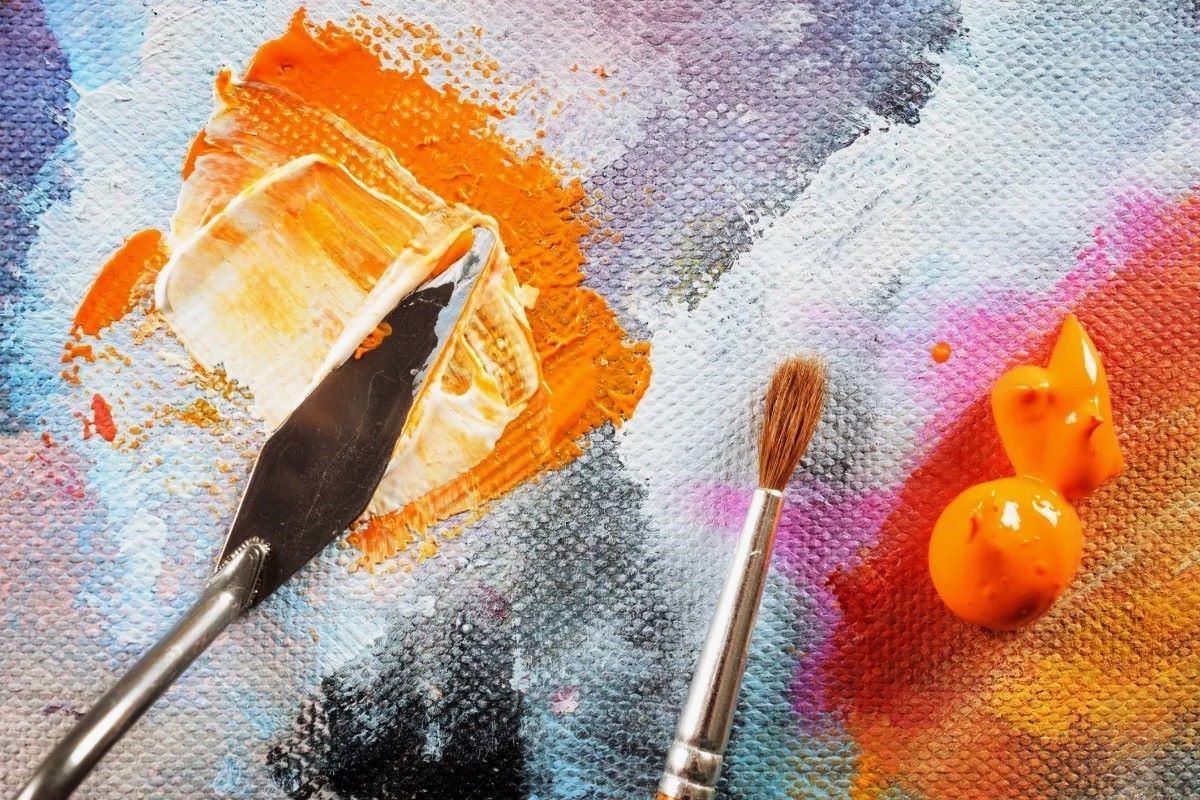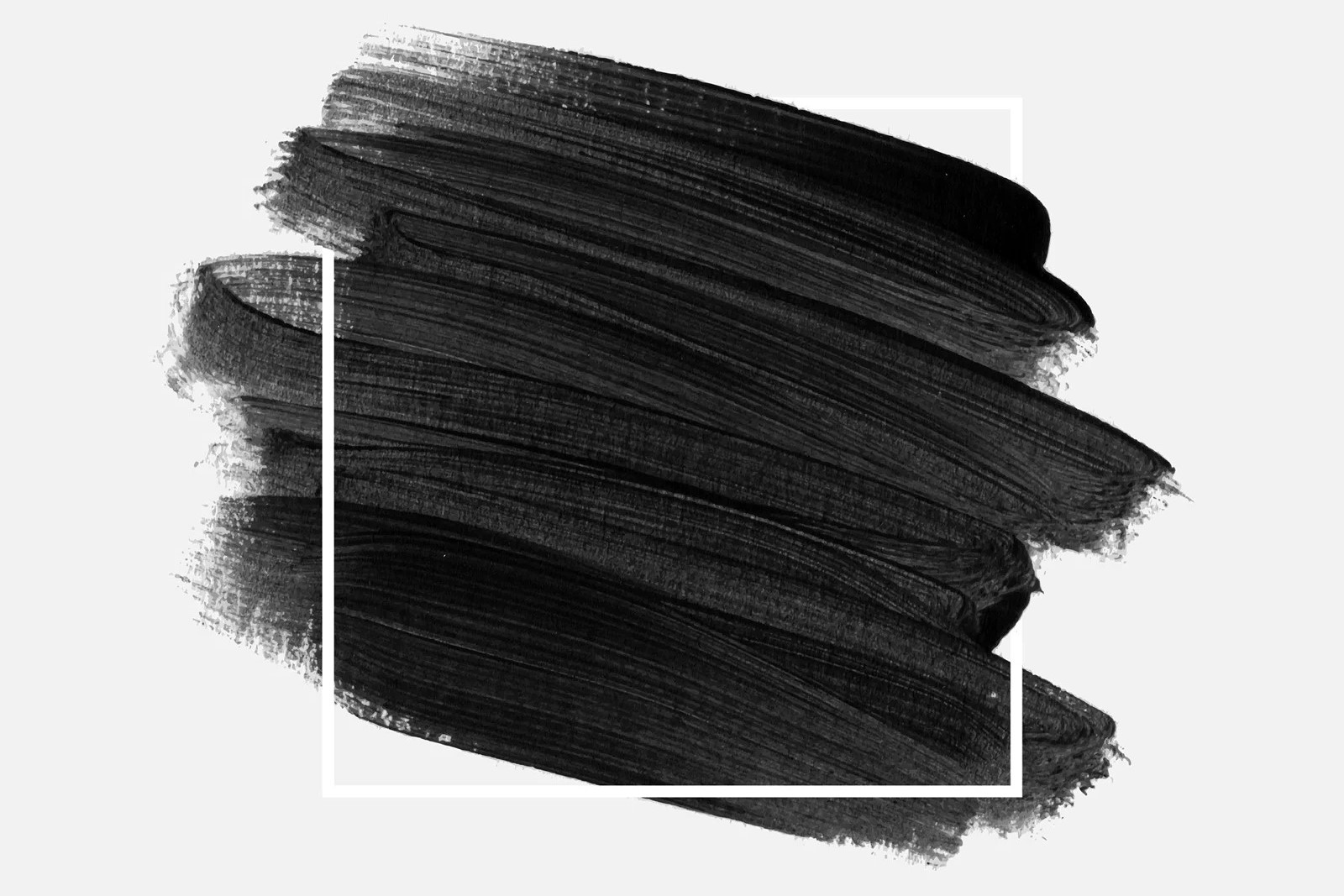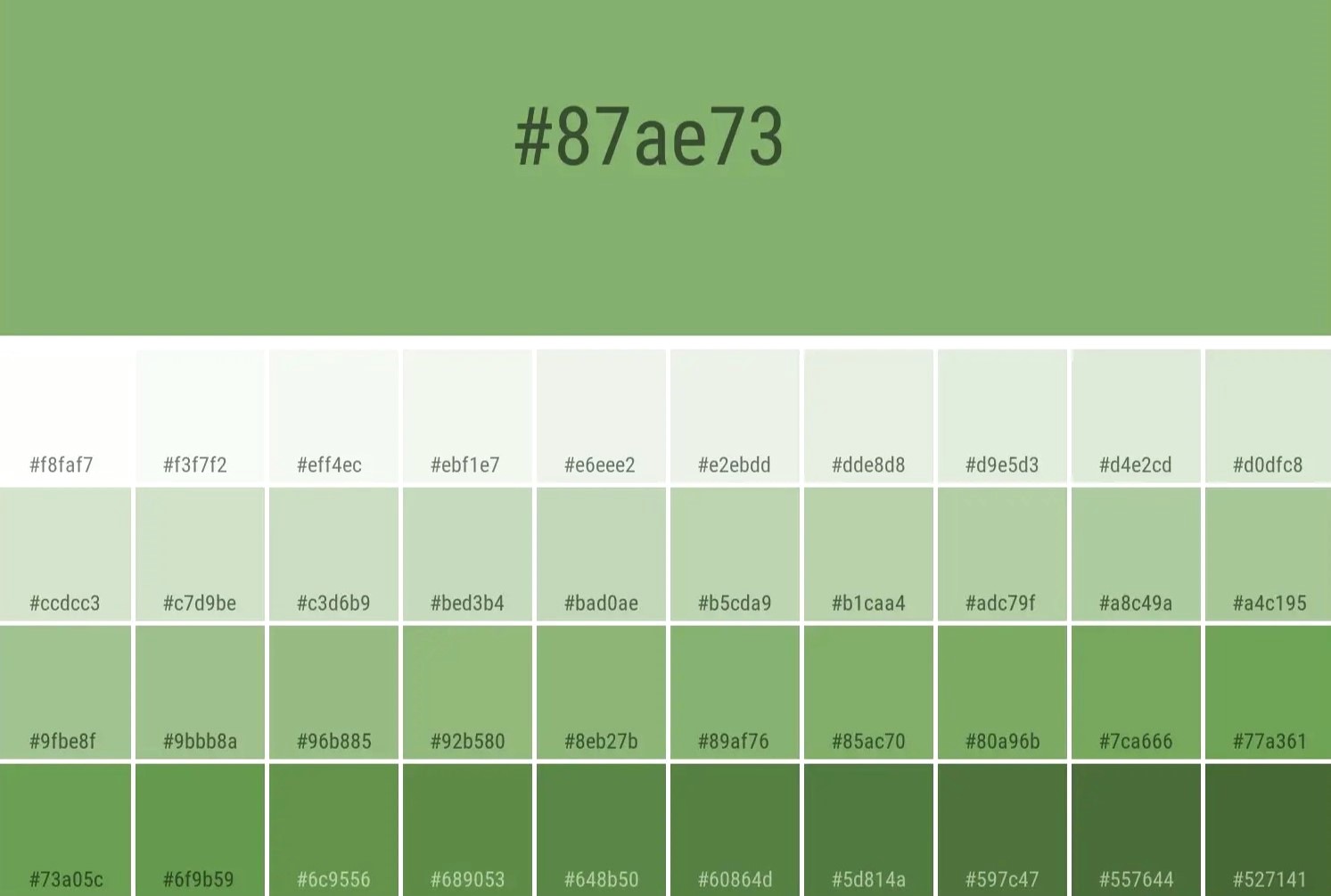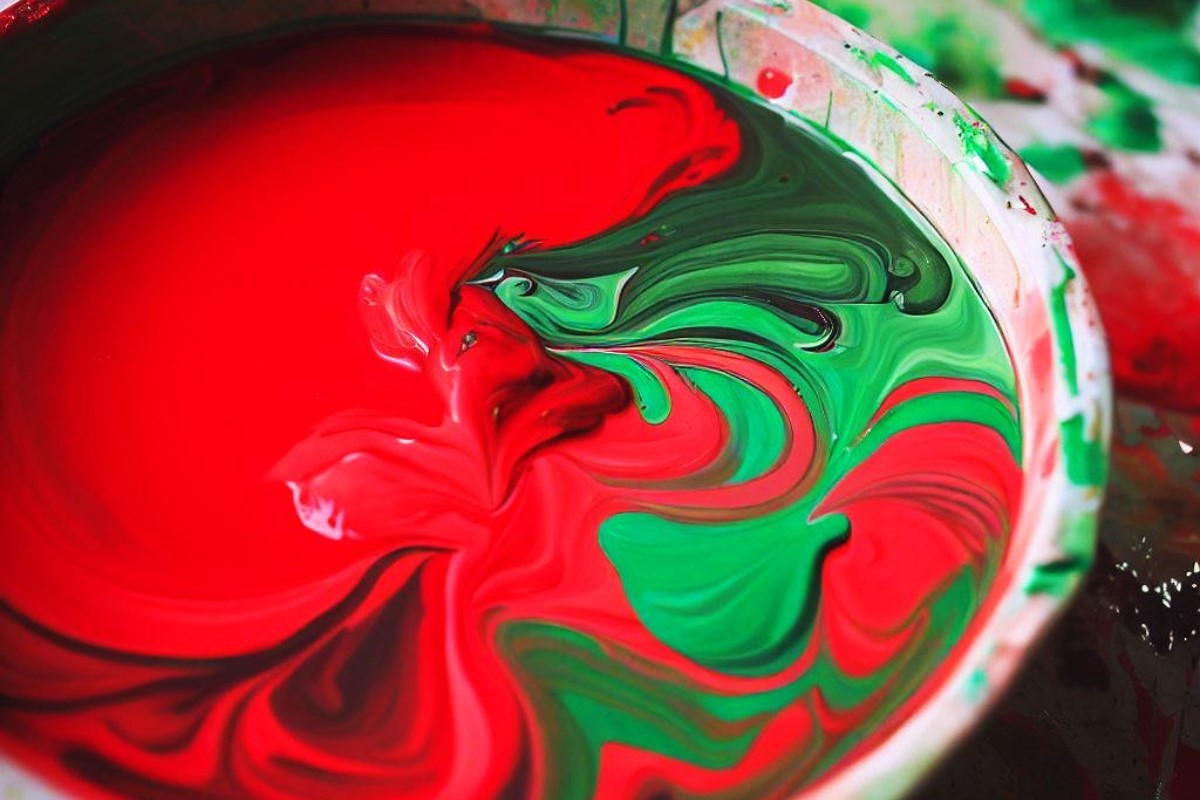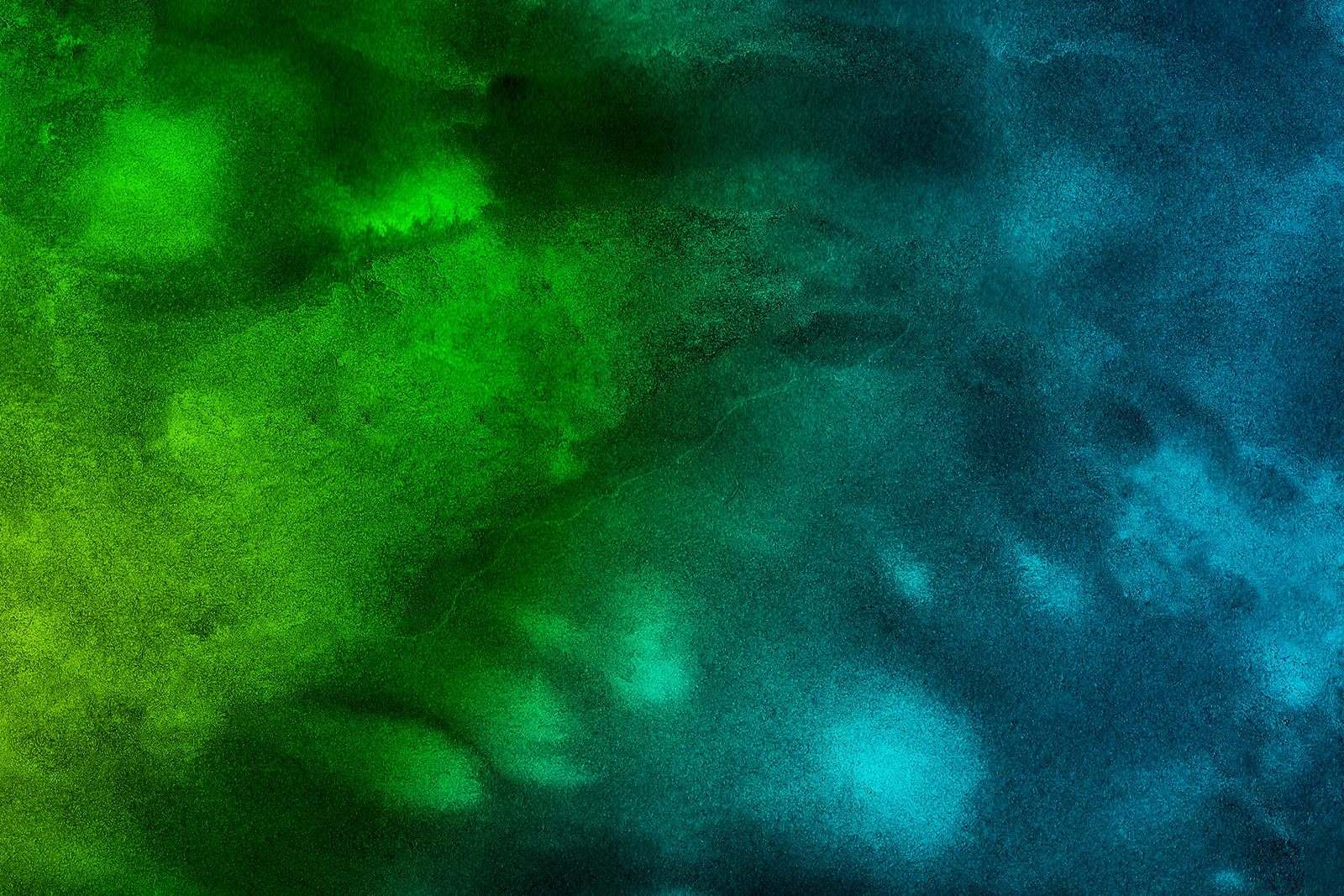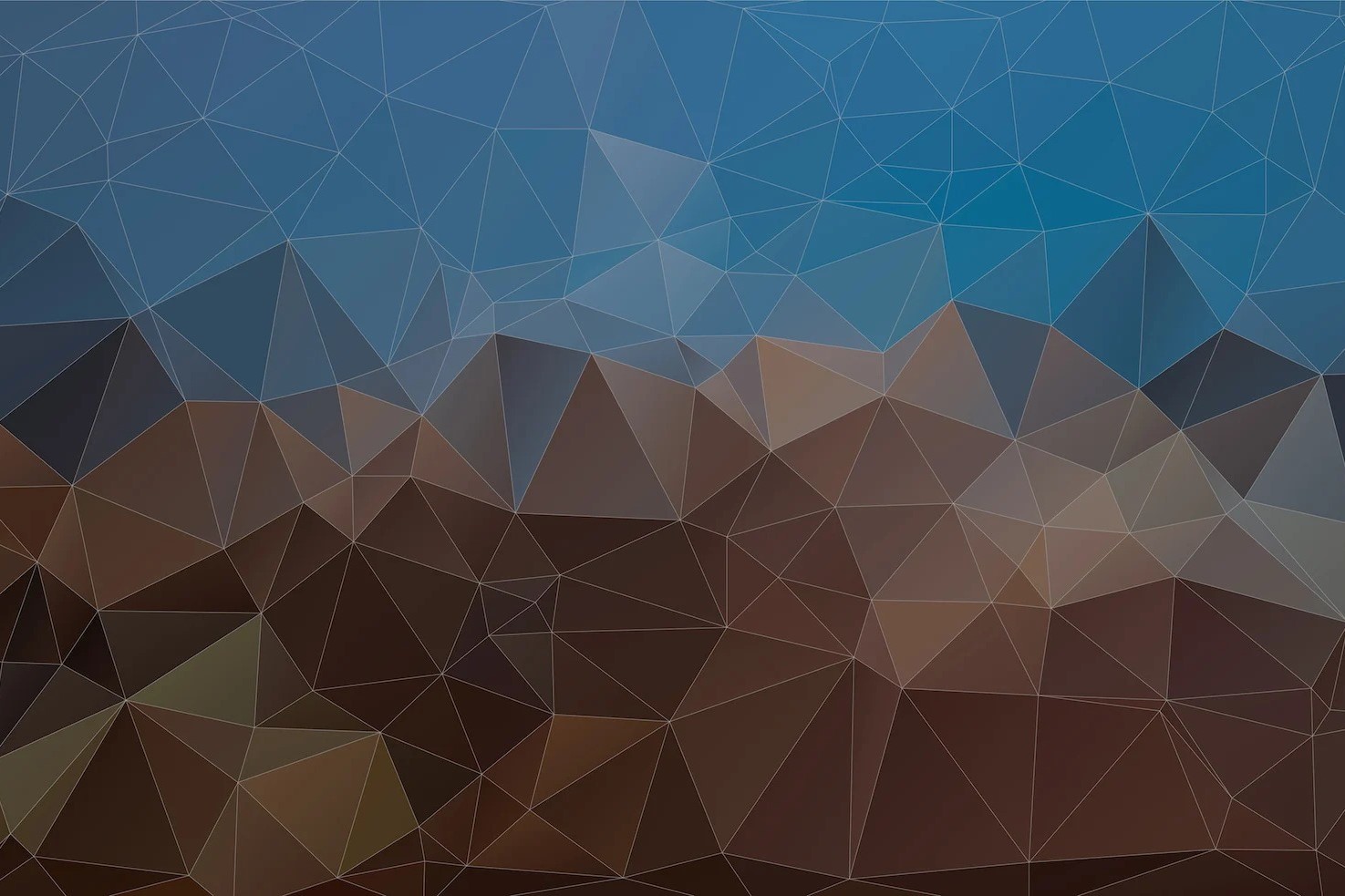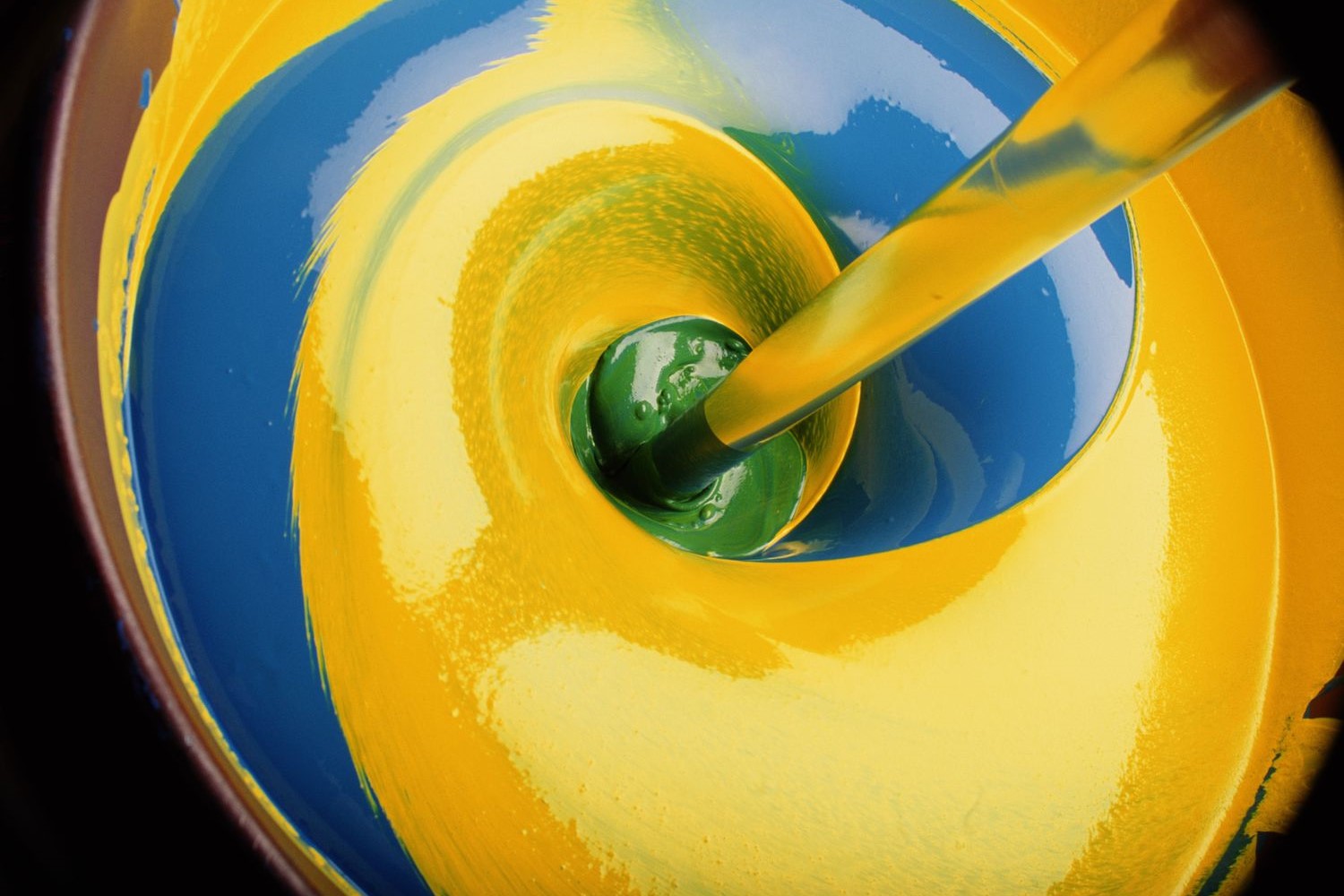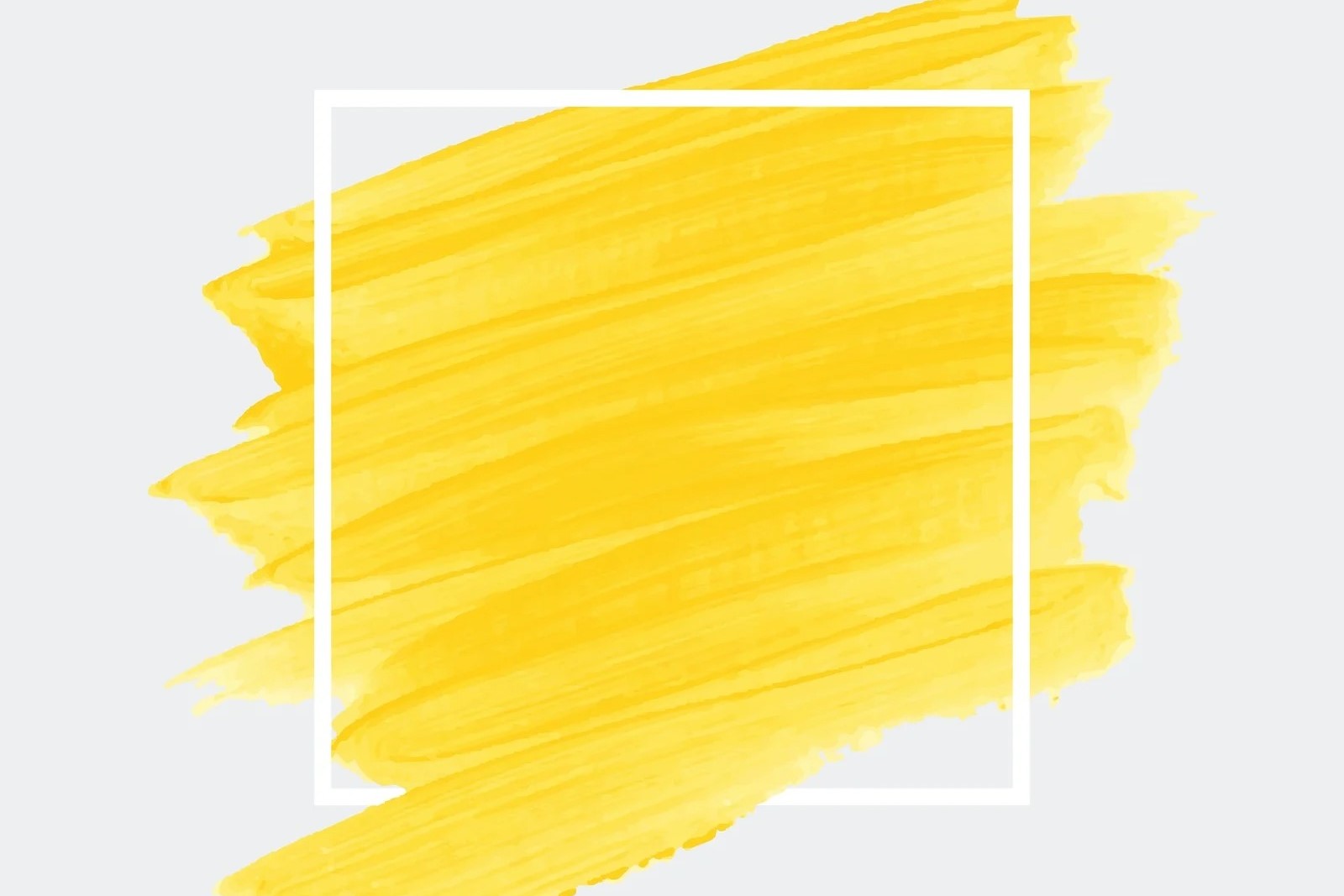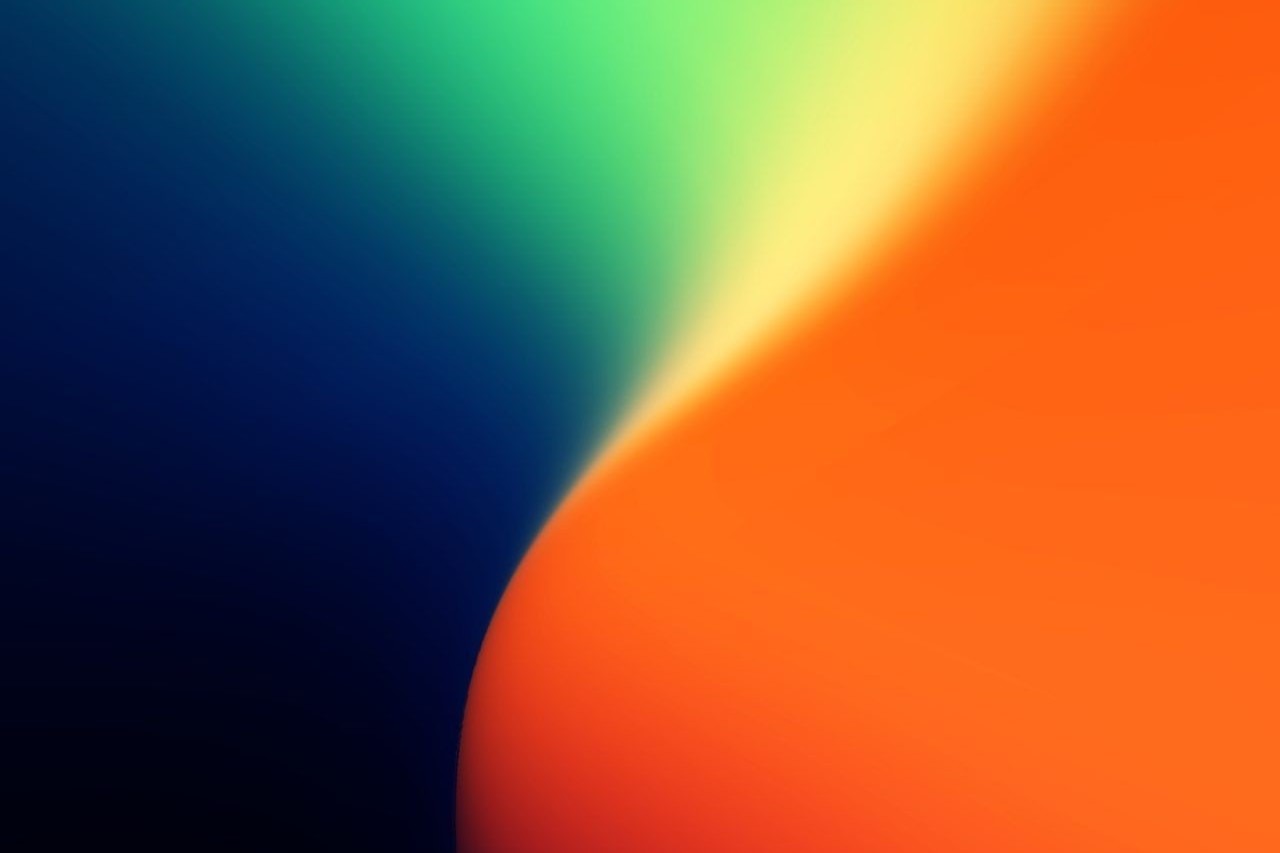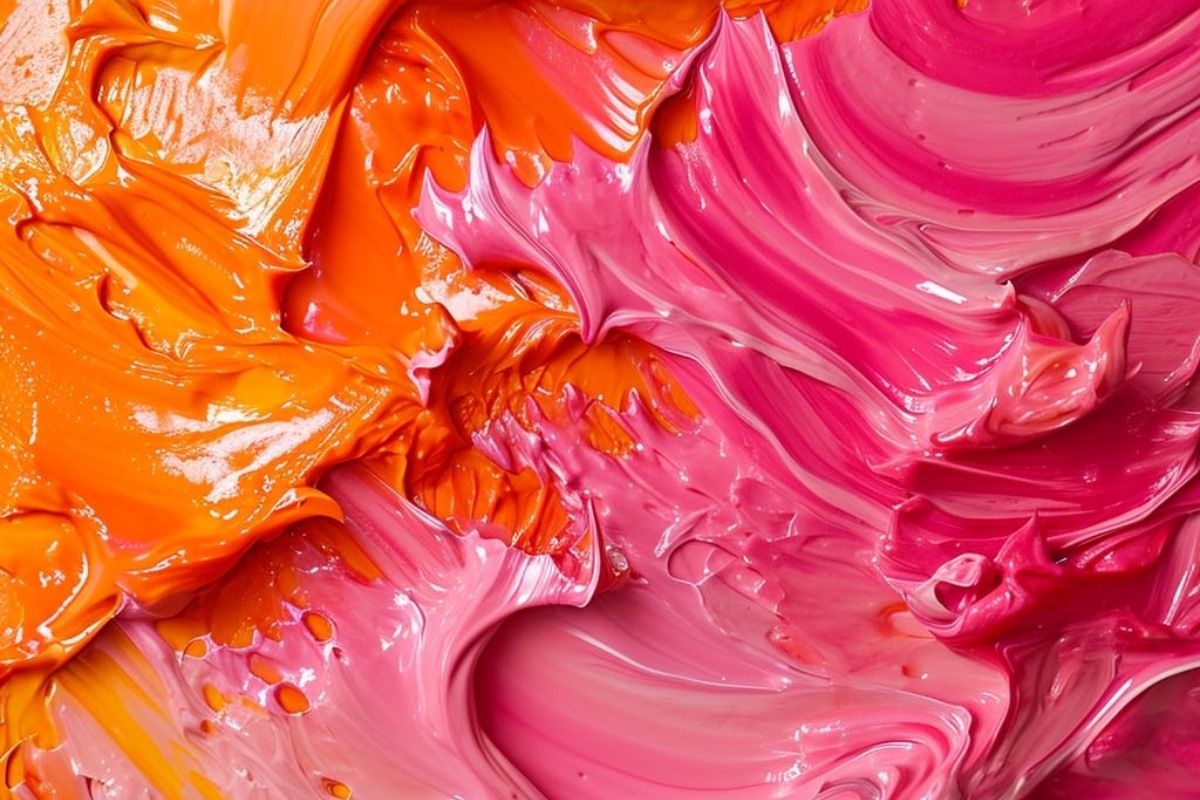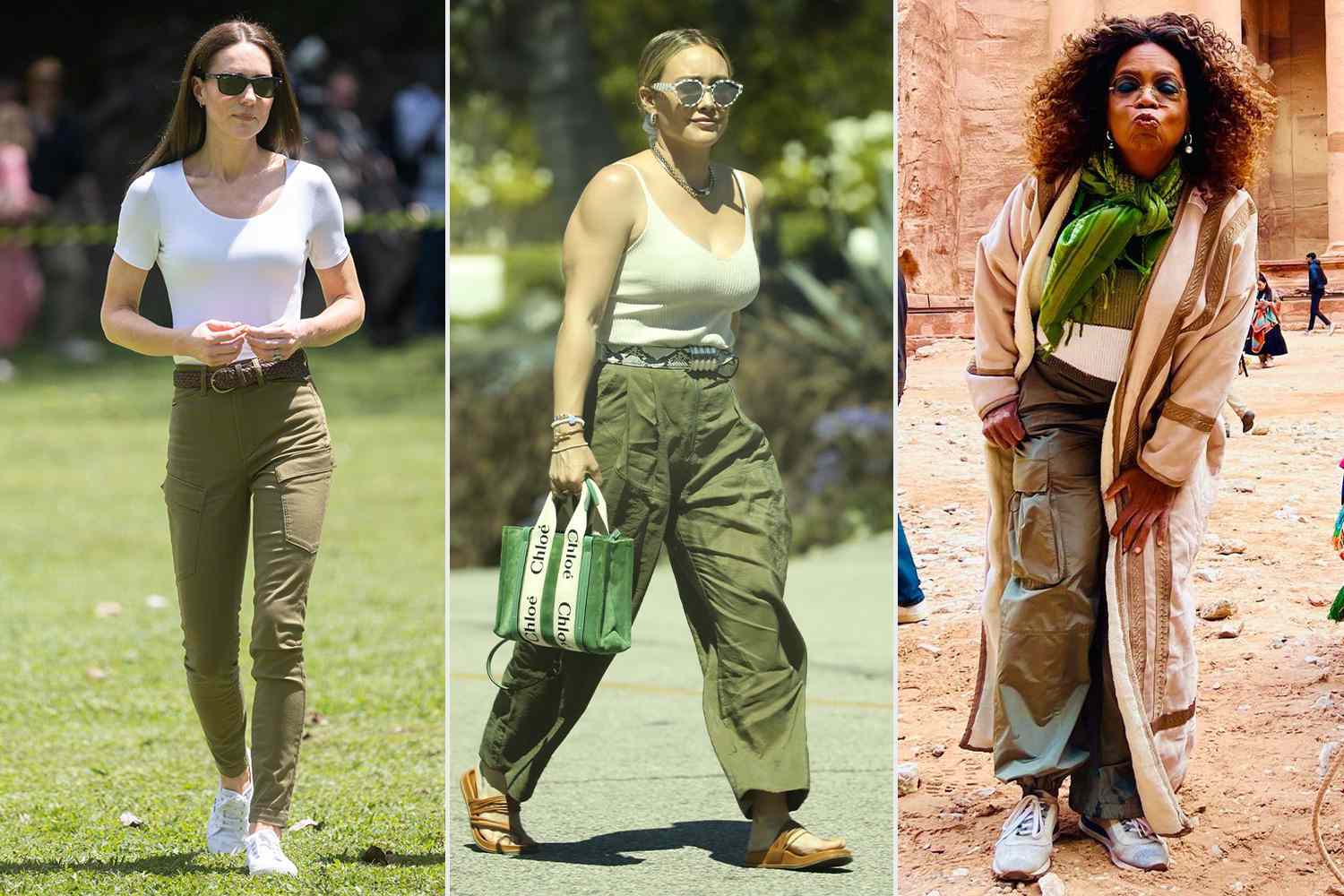Home>Arts and Culture>How To Mix Colors To Create Green


Arts and Culture
How To Mix Colors To Create Green
Published: March 1, 2024
Learn how to mix colors to create green in this comprehensive guide. Explore various techniques and tips for blending colors in your arts and culture projects.
(Many of the links in this article redirect to a specific reviewed product. Your purchase of these products through affiliate links helps to generate commission for Noodls.com, at no extra cost. Learn more)
Table of Contents
Introduction
The art of mixing colors to create new shades is a fascinating and essential aspect of artistic expression. Whether you're a seasoned painter or just starting to explore the world of colors, understanding how to mix different hues to achieve the perfect shade of green can elevate your artwork to new heights. Green, often associated with nature, tranquility, and harmony, holds a special place on the color spectrum, making it a popular choice for artists across various mediums.
In this comprehensive guide, we will delve into the intricacies of color mixing, exploring the fundamental principles of the color wheel, the blending of primary and secondary colors, and invaluable tips for achieving the ideal green hue. By the end of this journey, you will gain a deeper appreciation for the art of color mixing and be equipped with the knowledge to create captivating shades of green that breathe life into your artistic endeavors. So, let's embark on this colorful adventure and unlock the secrets of mixing colors to create the perfect green!
Read more: How To Mix Colors To Create Red
Understanding the Color Wheel
The color wheel is a fundamental tool that serves as a visual representation of the relationships between colors. It is a circular arrangement of colors that showcases the primary, secondary, and tertiary colors, providing a comprehensive guide for artists to understand color theory and mixing techniques.
Primary Colors
At the core of the color wheel are the three primary colors: red, blue, and yellow. These hues are considered the building blocks of all other colors and cannot be created by mixing other colors together. When combined in various proportions, primary colors give rise to a wide spectrum of secondary and tertiary colors.
Secondary Colors
Located between the primary colors on the color wheel, secondary colors are created by mixing equal parts of two primary colors. The three secondary colors are green (a blend of blue and yellow), orange (a fusion of red and yellow), and purple (a combination of red and blue). These vibrant hues expand the color palette and offer artists a diverse range of options for artistic expression.
Tertiary Colors
Tertiary colors emerge from the combination of a primary color and an adjacent secondary color on the color wheel. By blending these hues, artists can achieve an extensive array of intermediate colors, each with its own unique characteristics and visual appeal.
The color wheel serves as a valuable guide for artists seeking to understand the relationships between colors and how they interact when mixed. By mastering the principles of the color wheel, artists can harness the power of color theory to create harmonious and visually captivating artwork.
Understanding the color wheel lays the foundation for successful color mixing, providing artists with the knowledge and confidence to experiment with different combinations and achieve the perfect shades of green and beyond.
Read more: How To Mix Colors To Create Blue
Mixing Primary Colors
The process of mixing primary colors is a fundamental step in creating a wide array of secondary and tertiary colors, including the lush and vibrant shades of green. As mentioned earlier, the primary colors—red, blue, and yellow—serve as the building blocks of all other colors, making them essential components in the art of color mixing.
When blending primary colors to achieve green, the combination of blue and yellow takes center stage. These two hues, when mixed together in varying proportions, give rise to an extensive spectrum of green shades, each possessing its own unique character and visual allure.
To begin the journey of mixing primary colors to create green, it's essential to understand the concept of color intensity. The intensity of a color refers to its brightness or dullness, which can be altered by adjusting the ratio of the primary colors being mixed. For instance, combining equal parts of blue and yellow yields a bright, vibrant shade of green, while adding more blue creates a cooler, bluish-green tone, and incorporating additional yellow results in a warmer, yellowish-green hue.
Experimentation is key in mastering the art of mixing primary colors to achieve the perfect green. By gradually adjusting the proportions of blue and yellow, artists can explore an extensive range of green shades, from deep forest greens to lively lime tones. This process of exploration and discovery not only enhances an artist's understanding of color mixing but also empowers them to infuse their artwork with a rich tapestry of green hues that evoke different emotions and atmospheres.
As artists delve into the realm of mixing primary colors, they uncover the transformative power of color manipulation. The ability to control the intensity and balance of primary colors opens the door to a world of creative possibilities, allowing artists to tailor their green hues to suit the mood, theme, and narrative of their artistic endeavors.
In essence, mastering the art of mixing primary colors to create green is a journey of discovery and experimentation. It is a testament to the boundless creativity that colors offer, empowering artists to breathe life into their creations with captivating shades of green that resonate with viewers on a profound and emotional level.
Mixing Secondary Colors
After exploring the foundational principles of primary color mixing, the next step in the journey of creating the perfect shade of green involves the blending of secondary colors. Secondary colors, namely green, orange, and purple, are formed by combining equal parts of two primary colors. In the context of achieving green, the fusion of blue and yellow takes center stage, offering artists a diverse palette of secondary colors to work with.
When it comes to mixing secondary colors to create green, the focus shifts to the intricate interplay between the primary hues. By combining equal proportions of blue and yellow, artists can unlock a spectrum of secondary colors that serve as the building blocks for achieving captivating shades of green. These secondary colors, particularly green, play a pivotal role in expanding the artist's color palette and providing a rich foundation for further exploration and experimentation.
The process of mixing secondary colors to create green is a testament to the transformative power of color blending. By seamlessly merging the vibrant energy of yellow with the calming depth of blue, artists can unveil an array of secondary colors that serve as the stepping stones toward achieving the perfect green hue. These secondary colors not only add depth and complexity to the artist's palette but also offer a myriad of possibilities for infusing artwork with nuanced and evocative shades of green.
As artists delve into the realm of mixing secondary colors, they gain a deeper appreciation for the harmonious relationships between hues and the profound impact of subtle variations in color composition. The ability to harness the potential of secondary colors empowers artists to infuse their artwork with a rich tapestry of green shades, each possessing its own distinct personality and visual allure.
In essence, the art of mixing secondary colors to create green is a captivating journey that celebrates the fusion of primary hues and the birth of new, vibrant shades. It is a testament to the endless possibilities that color mixing offers, allowing artists to craft artwork that resonates with depth, emotion, and a captivating array of green tones.
Tips for Achieving the Perfect Shade of Green
Achieving the perfect shade of green is a nuanced and rewarding endeavor that requires a thoughtful approach and a keen eye for color harmony. Whether you're aiming for a vibrant lime green or a deep forest green, the following tips will guide you toward mastering the art of creating captivating green hues:
-
Start with Quality Pigments: Using high-quality pigments is essential for achieving rich and vibrant green shades. Invest in professional-grade paints or pigments to ensure the depth and intensity of your green hues.
-
Experiment with Proportions: Adjusting the ratio of blue to yellow can yield a diverse range of green shades. Experiment with different proportions to discover the nuances of green, from cool, bluish greens to warm, yellowish greens.
-
Consider Color Temperature: Understanding the concept of color temperature is crucial. Adding more blue to the mix creates cooler greens, while incorporating additional yellow results in warmer tones. Consider the mood and atmosphere you wish to convey in your artwork when determining the ideal color temperature for your green.
-
Embrace Color Mixing Techniques: Explore various color mixing techniques, such as layering, glazing, and wet-on-wet blending, to achieve nuanced and dynamic green shades. Each technique offers a unique way to manipulate colors and create captivating visual effects.
-
Observe Natural Greens: Take inspiration from the natural world. Study the diverse shades of green found in foliage, landscapes, and flora. Observing the intricate variations in natural greens can inspire and inform your color mixing endeavors.
-
Utilize a Color Chart: Create a color chart that showcases the different green shades you can achieve by varying the proportions of blue and yellow. This visual reference will serve as a valuable tool for future projects and color mixing experiments.
-
Practice Patience and Precision: Achieving the perfect shade of green often requires patience and precision. Take your time to fine-tune the color mixtures, making subtle adjustments until you achieve the desired hue.
-
Trust Your Instincts: Ultimately, trust your artistic instincts. Embrace the spontaneity of color mixing and allow your intuition to guide you toward creating green shades that resonate with your artistic vision.
By incorporating these tips into your color mixing process, you will embark on a vibrant and fulfilling journey of creating the perfect shades of green, infusing your artwork with depth, emotion, and visual allure.
Conclusion
In conclusion, the art of mixing colors to create the perfect shade of green is a captivating journey that intertwines creativity, technical skill, and a deep understanding of color theory. From the foundational principles of the color wheel to the intricate blending of primary and secondary colors, the process of achieving captivating green hues is a testament to the transformative power of color mixing.
Throughout this colorful exploration, artists have the opportunity to unlock a spectrum of green shades, each possessing its own distinct personality and visual allure. By mastering the art of mixing primary colors, artists gain a profound appreciation for the nuanced interplay between blue and yellow, allowing them to craft an extensive range of green tones that evoke different emotions and atmospheres.
Furthermore, the blending of secondary colors serves as a gateway to a rich palette of green hues, expanding the artist's creative possibilities and infusing their artwork with depth and complexity. The harmonious fusion of primary hues gives rise to vibrant shades of green, each carrying its own narrative and visual impact.
The tips provided for achieving the perfect shade of green offer valuable insights into the intricacies of color mixing, encouraging artists to embrace experimentation, precision, and the inspiration found in the natural world. By incorporating these tips into their artistic practice, artists can embark on a vibrant and fulfilling journey of creating captivating green shades that breathe life into their creations.
Ultimately, the art of mixing colors to create green transcends technical proficiency; it is a celebration of creativity, intuition, and the profound connection between artists and their chosen hues. Whether capturing the lush greenery of a serene landscape or infusing artwork with the vibrancy of nature, the ability to master the art of color mixing empowers artists to convey depth, emotion, and visual allure through the captivating shades of green they create.
As artists continue to explore the boundless possibilities of color mixing, they embark on a colorful odyssey that enriches their artistic expression and captivates viewers with the mesmerizing beauty of green in all its nuanced glory. The journey of mixing colors to create green is a testament to the enduring allure of colors and their transformative impact on the canvas of artistic creation.
